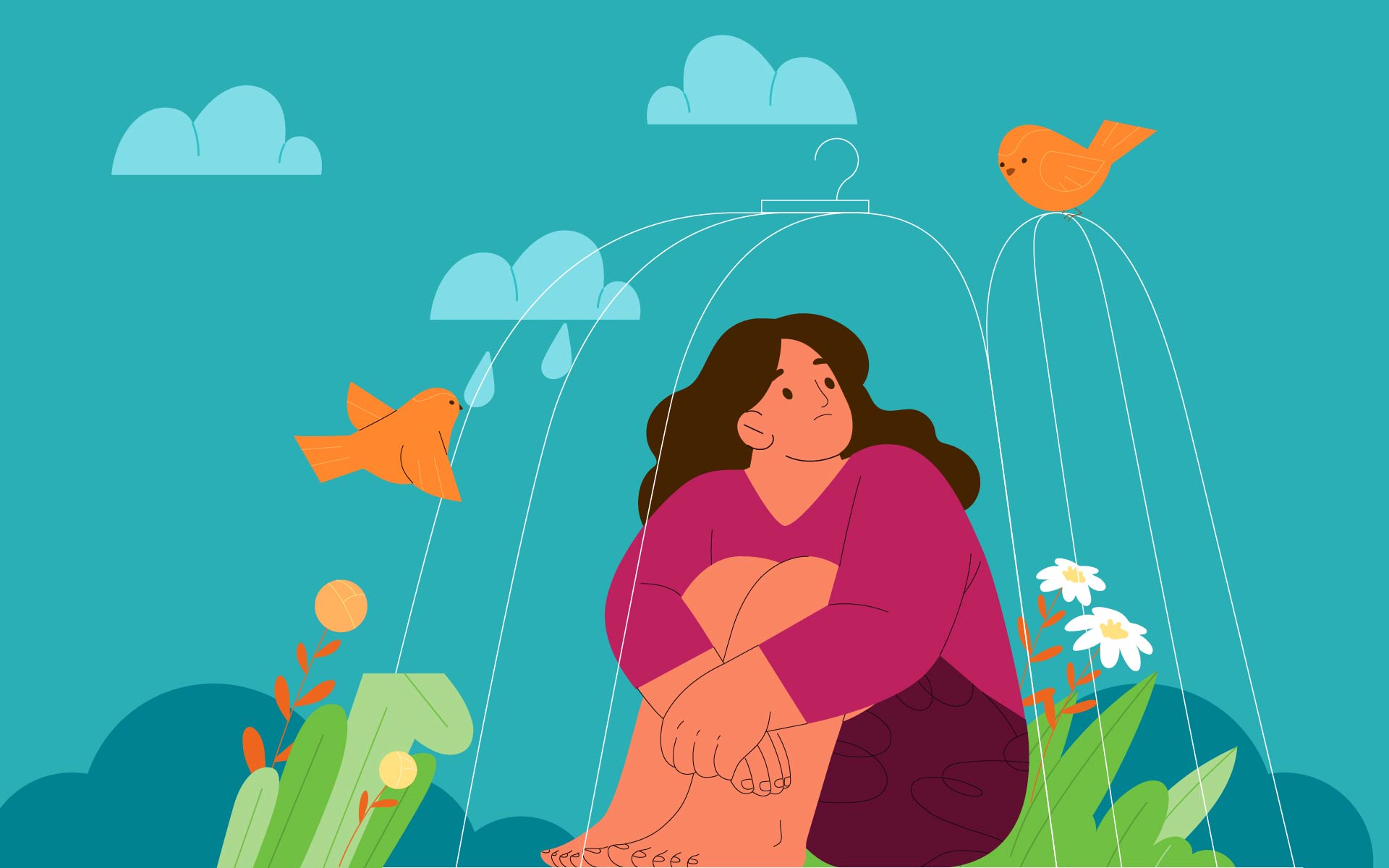There are various factors that determine why you get into a mood and how you get out of one. Before we explore that, it helps to understand the difference between an emotion and a mood. An emotion is shorter in duration, higher in intensity—like a spike of energy. A mood happens over more time. “You can be grumpy all day, but you can’t really be in a rage for the same period,” says Philip Gable, assistant professor of psychology at University of Delaware.
How are moods different than emotions?
“Emotions have been called ‘action potentials’ because they alert you and they energize you towards taking some kind of action based on your appraisal,” says Zindel Segal, Distinguished Professor of Psychology in Mood Disorders at the University of Toronto. “Moods, on the other hand, are the states of mind that are fed by continually thinking, problem solving, and ruminating, and they work to keep emotions in place.” You can think of emotions and moods on a continuum: An emotion is a brief spike of energy and information; a mood can last a day or two. If a mood sticks around longer than that, there may be a clinically relevant problem, like anxiety or depression.
What makes an emotions or a mood?
Usually they happen in response to a trigger. “An emotion is an episode of noticeable affect triggered by an appraisal or stimulation from something in your environment,” says Segal. The trigger could come from food, caffeine, a stressful job, a kind word, sunshine, or listening to music. Triggers can also be extremely subtle because they’ve become automatic. “Our triggers can become routinized,” says Segal. “And so, we may not notice them as a trigger. We may just notice that we’re having an emotional reaction.”
How do triggers become routinized?
When we identify our emotions as being closely related to our “selves,” entwined with our identities, there’s not enough space around them to notice them for what they are: information that arrives, rests, and passes. “All emotions run through self because it’s the sense of self-relevance and self-reference that determines how strong an emotion is and how much of an alarm it’s going to send to you,” says Segal. If you’ve closely identified with the emotion, you might not notice that it’s happening—it’s become automatic, routine.
How can you unhook from a mood?
It starts with creating space for reappraising the situation. “The way that mindfulness works is that it doesn’t diminish the emotion,” says Segal. “Mindfulness helps to de-identify with the experience. We see emotions and moods as moving and shifting over time. They become something that’s happening in the mind rather than happening to me. In this way, there’s less of a tendency to fully identify with them and maybe a bit more of a nudge towards investigating them, seeing what comes next,” says Segal. Mindfulness gives you space around your emotions, which can be very valuable for choosing to respond wisely.
Can you think your way out of a bad mood?
The short answer: no. “The thing to do is not to try to respond to the mood with further thought. It’s super seductive to use thoughts to respond to thoughts, to try to problem solve, to ruminate, to brood. But you miss the possibility of stepping entirely outside of thought and experiencing what a mood feels like in the body—through a relationship that just allows it to be there, but creates space around it so that it can be observed,” says Segal.
Besides mindfulness, what are some ways to support healthy moods?
Sleep is probably the best. “It’s the ultimate reset,” says Gable. “You lose conscious thought while the brain removes toxins and waste. It’s rare that you don’t wake up with a different perspective [or] at least more energy to deal with the problem.” Do something with your body: yoga, go for a walk, or do something that connects you to other people. “Getting in touch with your body allows you to subvert the idea that you can think yourself out of a mood,” says Segal. Eating healthier is another way to control how you feel, because it changes the brain’s neurochemistry, and, at its most basic, the brain is a machine, one that you can tend and maintain. “You can take care of it or run it into the ground,” Gable says. “The way you feel and the mood you’re in is not entirely out of your control.”
read more
Best Foods to Eat for Optimal Mental Health
The food you eat can have just as profound an effect on your brain and your mental health as the drugs prescribed by your doctor. The reason: Your gut and your brain are in constant communication with each other.
Read More
The Ultimate Guide to Mindfulness for Sleep
Sufficient sleep heals our bodies and minds, but for many reasons sleep doesn’t always come easily. Mindfulness practices and habits can help us fall asleep and stay asleep. Consult our guide to find tips for meditation, movement, and mindfulness practices to ease into sleep.
Read More
How Your Breath Controls Your Mood and Attention
New research explores the relationship between the pace and intentionality of your breathing, and the brain networks involved in mood, attention, and body awareness.
Read More
The Brain Science of Attention and Overwhelm
We’re living in Volatile, Uncertain, Complex, Ambiguous times. Neuroscientist Amishi Jha explains ten ways your brain reacts—and how mindfulness can help you survive, and even thrive.
Read More











